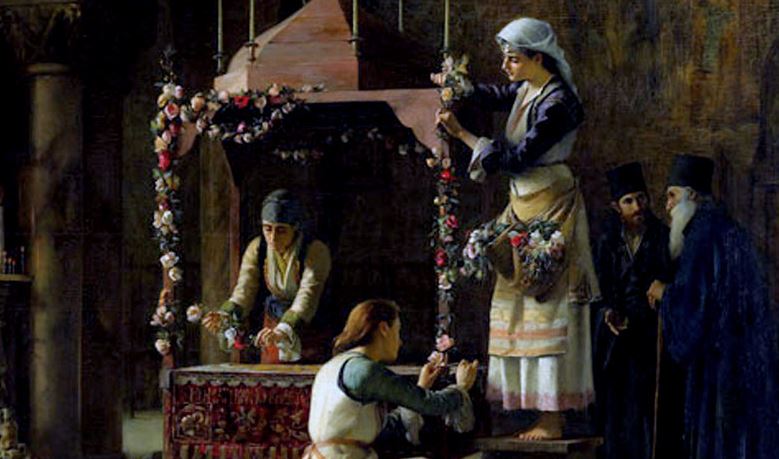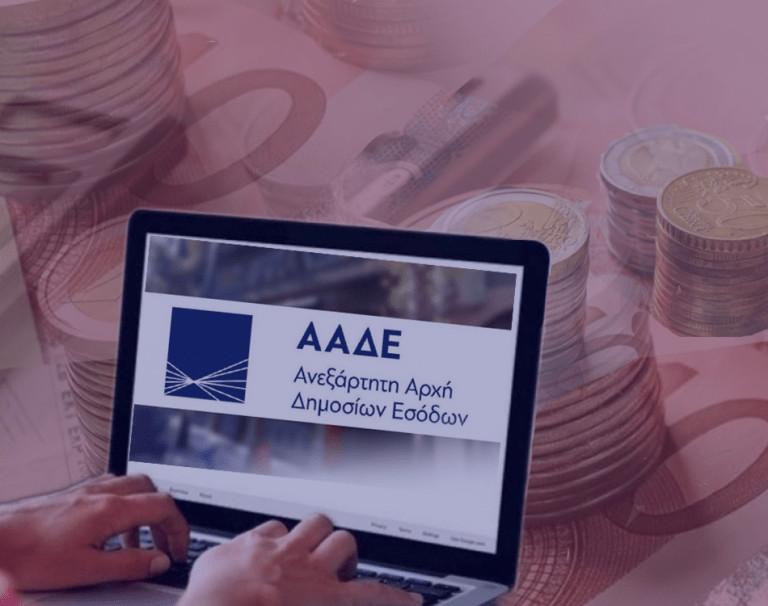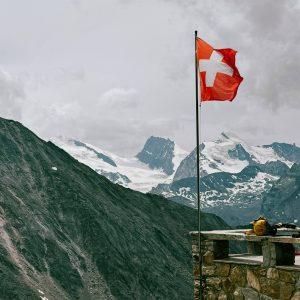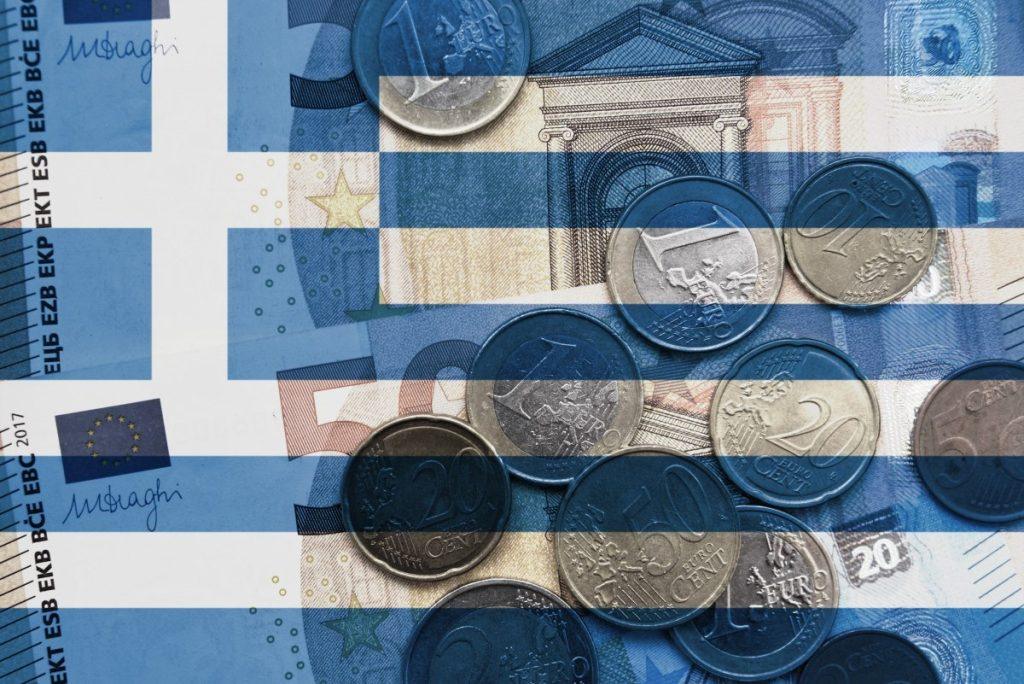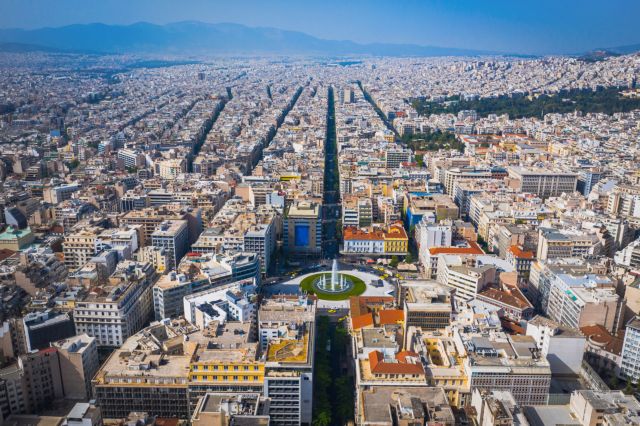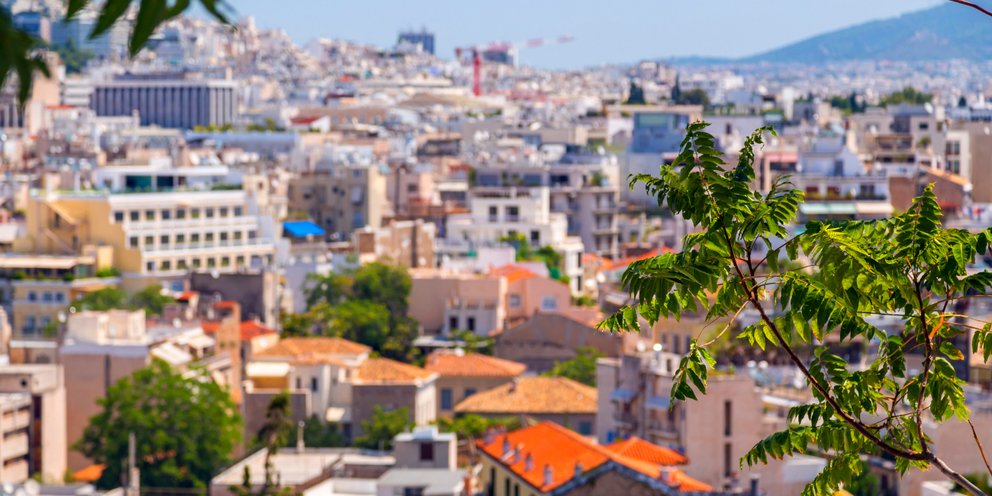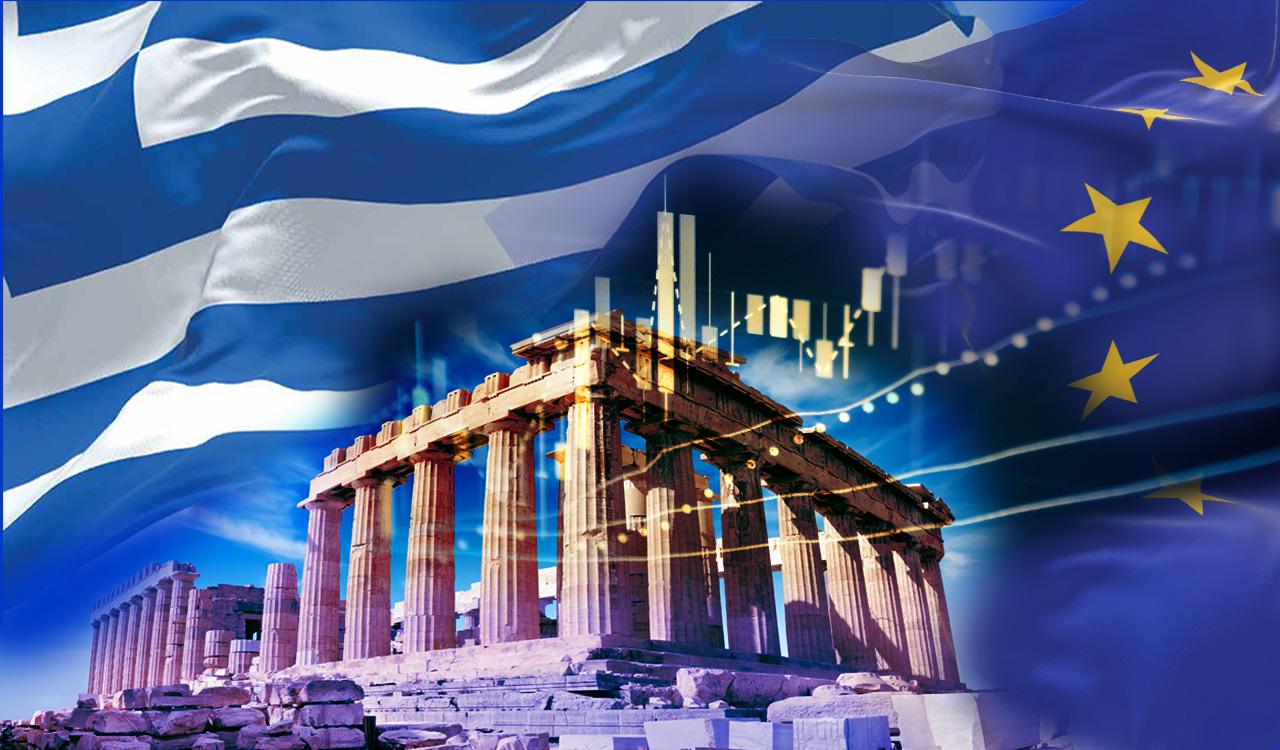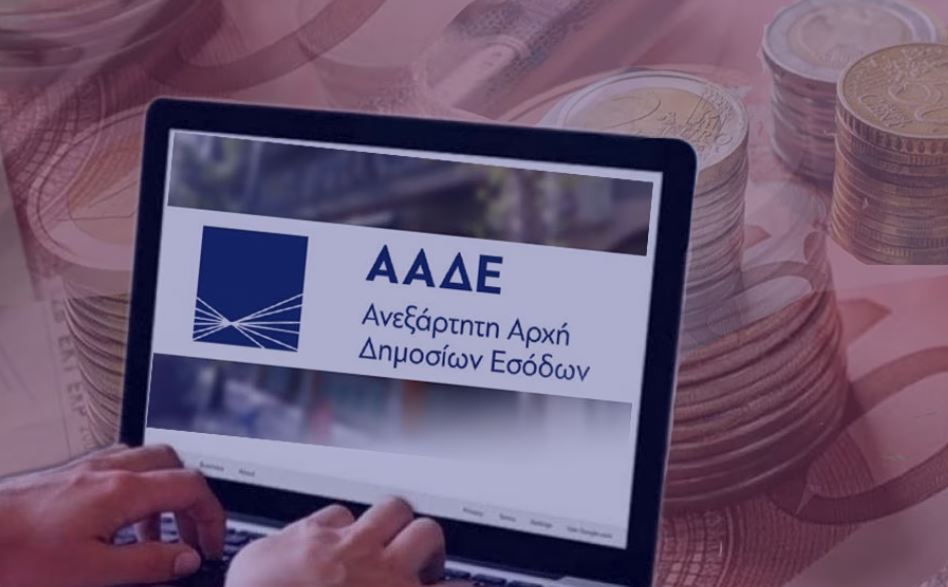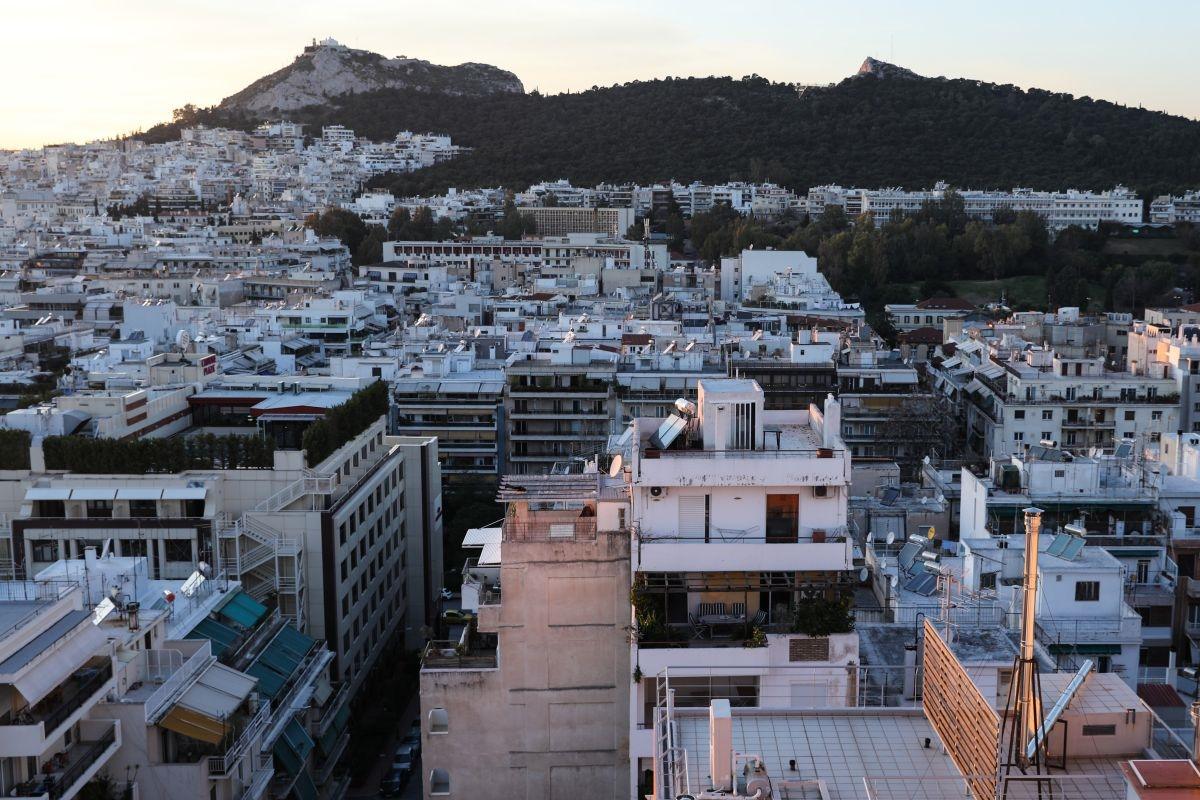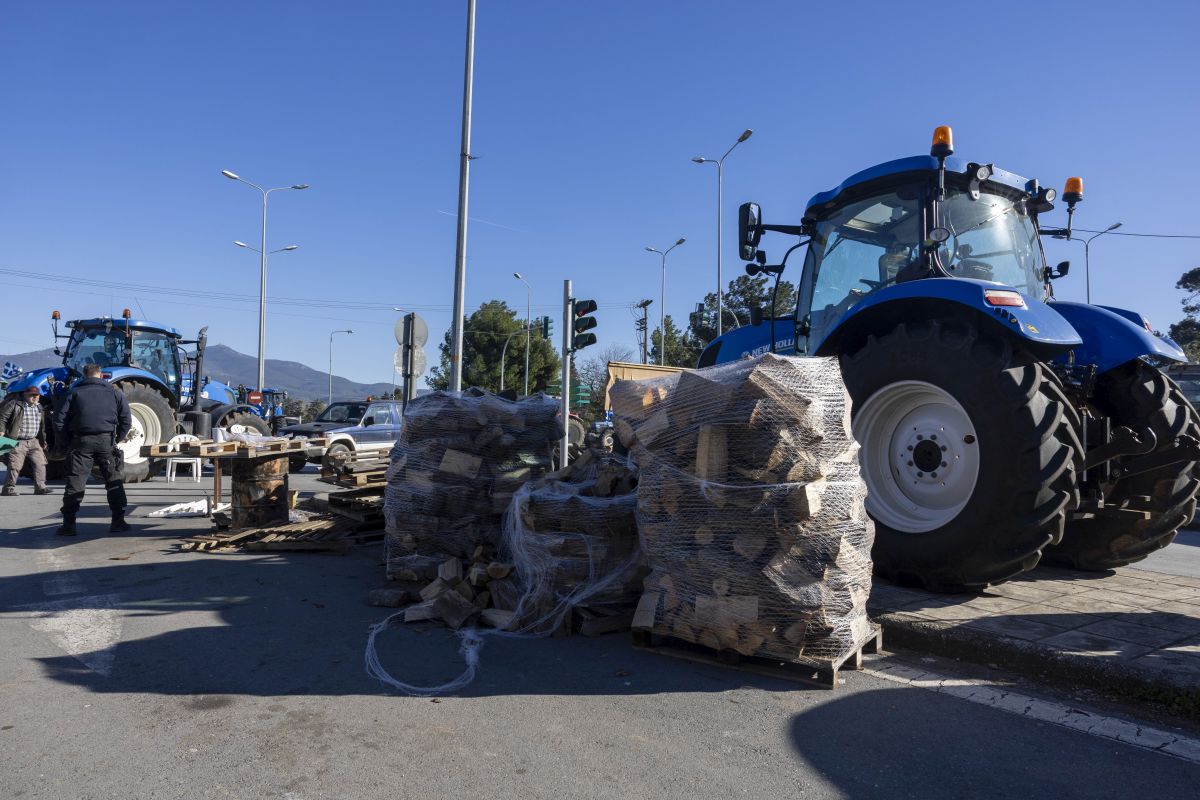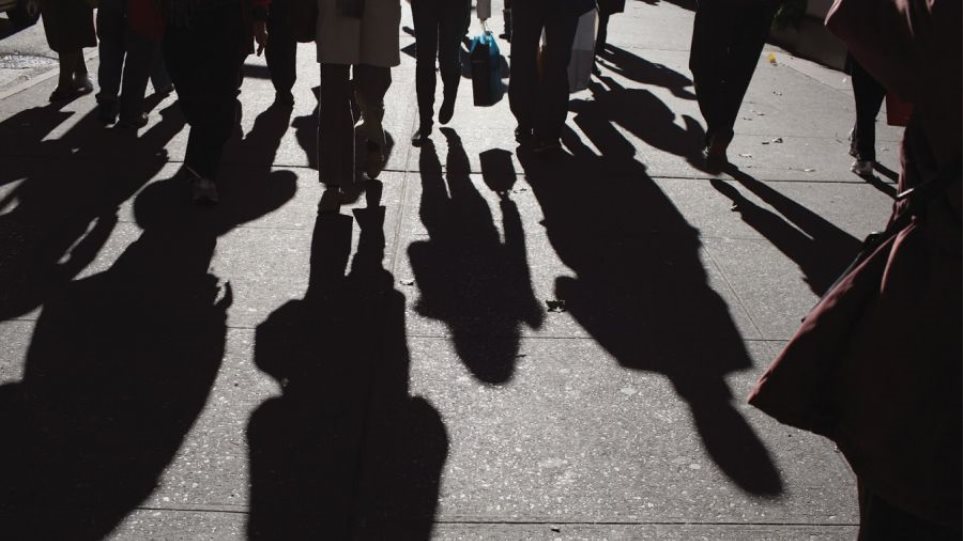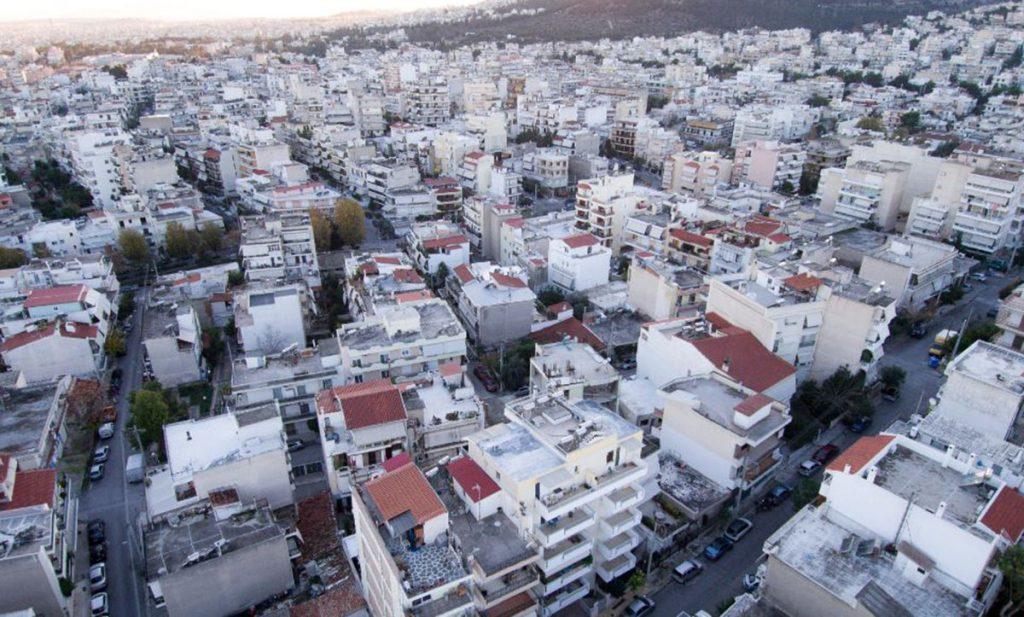Holy Friday is a day of absolute mourning for all of Christianity. The day when the Divine Drama of Christ’s Passion culminates. The bells ring mournfully in every corner of Greece. Traditionally, all work is prohibited, a strict fast is observed, as is the ingestion of oil.
On the morning of Holy Friday, the epitaphios, the cloth icon representing the shroud of Christ is decorated in churches. First, the Royal Hours are sung, which contain psalms, tropes, writs from the Apostles, Gospels and Blessings. Then the Vespers of Good Friday is sung and the Unfixing of the Crucified Christ takes place. Next, a cloth is placed in the Holy Shroud, on which the dead Lord has been embroidered or painted. This cloth is called Epitaphios.
In the evening of the same day, the Orthros of Holy Saturday is sung and the hymnology is related to the burial of the Lord by Joseph of Arimathea and Nicodemus and the descent of His soul into the dark realms of Hades.
When the Lord died, His body entered the grave, and His soul, united with His Divinity, descended to Hades and after defeating it He set the souls free. And on the third day the Soul was reunited with the Body and the Body rose from the Dead. Thus Hades and death were defeated.
During the service, the so-called Praises are sung in three stages (parts), small tropes very dear to the people, by an unknown poet. The most famous ones are: “Life in the grave…”, “Axion esti (It is revered)…”, “Ai geneai passai (all generations)…” and “Oh my sweet Spring…”.
Then there is the Epitaphios Procession, outside the church and within the borders of the Parish.
After the return of the Epitaphios to the church, a passage from the Gospel of Matthew is read (kj’ 62-66): Chief priests and Pharisees go to Pontius Pilate and ask him to seal the tomb, because they remember that the Lord in an aside of his words had said that in three days he will rise again. Pilate gives them permission.
On the morning of Good Friday, groups of children go from house to house and sing the dirge “Today is a black sky”, also known as “The dirge of the Virgin Mary”. In many areas of the country the girls of the group hold a wreath, woven with seasonal flowers, which they then place either on the Epitaphios, or on the grave of the recently deceased parishioner. The Holy Friday carols, as Folklore calls them, tend to disappear today.
Customs throughout Greece
In Skiathos and in those areas that follow the Mount Athos standard, the procession of the Epitaphios takes place in the early morning hours of Holy Saturday.
In Nafpaktos, the procession of the Epitaphios is combined with the throwing of fireworks in the port, commemorating the heroic attempt of the fireship captain Anemoyiannis to set fire to the Turkish flagship in this area.
In Corfu, the procession of Epitaphioses starts on the afternoon of Good Friday from the church of Agios Georgios in the Old Fortress. By 9:30 in the evening, the Epitaphios comes out of each church with the necessary parish band, choirs, and the faithful. Last comes the most magnificent epitaphios of the Metropolis.
In Thrace, one of the customs is the “burning of Judas”. The younger parishioners usually, after making a statue of Judas, go around with it from house to house and ask for wood. On Good Friday, after the procession of the Epitaphios, they will set fire to the wood they gathered and burn the “Judas”. It is customary to throw some of these ashes into the graves.
In Nea Peramos, Kavala, during the procession of the epitaphios, the residents in every neighborhood of the city revive a very old custom: they burn an effigy of Judas, at the moment the procession of the epitaphios passes through the streets.
The entire city that night is illuminated by dozens of bonfires lit by the residents, thus sending the message of purification, but also of eternal resurrection.
In the Kamini district of Hydra,the Epitaphios enters the sea and the relevant scriptures are read.
In Zakynthos, at noon on Holy Friday, a large number of believers take part in the procession of the Crucifix that crosses the whole town. At 2 p.m. in the Holy Church of Agios Nikolaos of Molos, in addition to the Crucifix , the image of the “Mater Dolorosa”, i.e. the Virgin of the Passion, is lit. The litany crosses almost the entire city and returns to Solomos Square, where, on a pedestal, the Metropolitan blesses the clergy and the people with the Crucifix. The litany ends at the same temple, where Christ is deposited in the Epitaphios.
In Amorgos, on Holy Friday, bread, olives and fasting sweets are offered and during the procession of the Epitaph the women break the procession with perfumes.
In Ios, after the Decapitation, the young people of the island play “balls”, a game with small iron red and green balls. During the Round of the Epitaphioses of the two Parishes of the island, the Praises are sung by choirs of women and girls.
In the village of Plakes of Milos, on the evening of Holy Friday, there is a reenactment of the Decapitation of Christ.
In Paros, the Epitaphios tour makes fifteen stops. In each of them, a part of the mountain is illuminated, where children dressed as Roman soldiers or disciples of Christ, represent scenes from the entry into Jerusalem, the prayer on the Mount of Olives, the Martyrdom of the Crucifixion and the Resurrection.
In the village of Pyrgos, Santorini, after taking Christ down from the Cross, traditional “tandalo” wooden call goes out into the streets of the village to announce the event and the bells ring mournfully. The procession of the Epitaph is marked by small fires in small lamps. The women from the courtyards of the houses shower the procession of the Epitaph with rose water.
In Syros, the Catholic epitaphioses from the churches of the Evangelists and Agios Georgios meet with the Orthodox ones from the churches of the Metropolis (Transfiguration) of Agios Nikolaos and the Dormition, after the end of the procession in the central Miaoulis square. This is followed by a mass prayer and the hymns of Holy Friday are sung by the choir of Agios Nikolaos and cantors.
In Tinos, the circumambulations of the Epitaphioses in Chora converge on the marble platform of the beach, while the Epitaphios of the Parish of Agios Nektarios ends in the sea, in the area of Kalamia in Kionia.
In the Monastery of the Prophet Elijah, in the temple of the Holy Spirit of Serres, located on a hill above the village of the same name, the custom of the taking Christ down from the Cross is being revived.
In Agrinio, immediately after the procession of the epitaphioses, the custom of halkounis is revived. Halkounis are improvised explosive devices consisting of a large cylinder filled with a mixture of gunpowder and a fuse at the end. Their history is lost in the years of the Turkish occupation when the Vrachorites (now Agriniotes) lit them during the procession of the Epitaphios to drive away non-believers.
